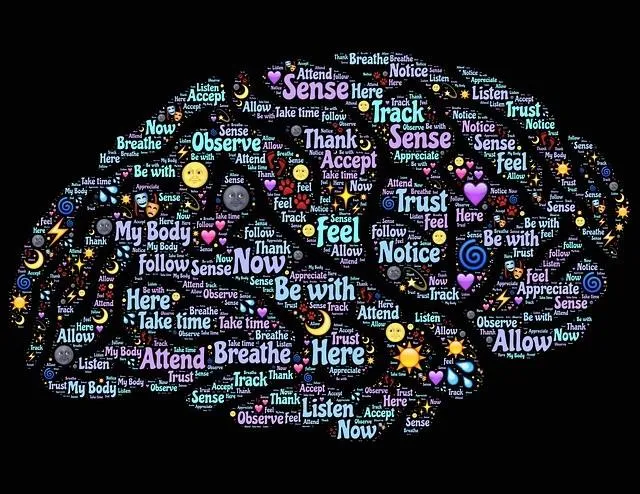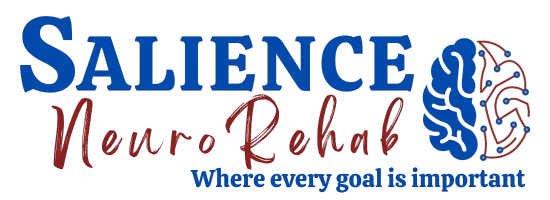Salience NeuroRehab
Blogs and Articles
What's on our mind??

Neuroplasticity for Neuro rehab
Neuroplasticity for Neurorehab
Think of your favorite activity or hobby that you love to perform at home or with your family.
Maybe it’s a hobby such as cooking, woodworking, playing with your children/grandchildren, walking/exercising, playing golf, or some other activity
What can you do to get back to the things you love? It may not be the same way that you participated with them in the past but could be in a modified way to still enjoy those same activities.
What can you do to work on this skill?
That’s when neuroplasticity
comes to the rescue!
Neuroplasticity is the brain's ability to change and adapt due to experience. It is an umbrella term referring to the brain's ability to change, reorganize, or grow neural networks. This can involve functional changes due to brain damage or structural changes due to learning.
•Plasticity refers to the brain's malleability or ability to change; it does not imply that the brain is plastic. It is moldable with the brain’s ability to adapt to what the stimulation is.
•Neuro refers to neurons, the nerve cells that are the building blocks of the brain and nervous system. Thus, neuroplasticity allows nerve cells to change or adjust.
The more you stimulate your brain by practicing certain skills and tasks, the easier these will become as new connections are formed.
Salience is the phenomonen that the brain pays attention to what it finds important or meaningful. Brain cells in the individual start to grow new branches to connect to one another during the important/familiar activity because they were interested in the task. Thus, causing the brain to relearn and start firing motor and sensory neurons to resulting in new pathways in the brain to create a salient neuroplasticity and relearn.
“Salience Matters”
An individual that experienced a stroke might have a hobby or favorite activity such as fishing and has weakness in his arm.
His therapist wants him to lift a weight up and down to build strength.
His therapist brings in a fishing pole and works on grip with holding the pole and lifting it up and down to practice casting.
Which therapy session will the individual respond better to which will invoke salient neuroplasticity.
Immediately after a stroke, the brain is in a heightened state of plasticity. The first 6 months of recovery are when the brain will experience the fastest and best improvements in function. Neuroplasticity after a stroke is the most active in this period as the brain heals is called spontaneous recovery.
Although, whether it has been a few months or a few decades since a stroke, the brain is still capable of healing and rewiring. Neuroplasticity may be activated throughout the recovery process at any given time.
Studies have shown that the brain is changing itself throughout an entire lifetime. This means that recovery is continuous and that no matter where you are in your recovery journey, progress can always be made. Whenever you stimulate your brain with positive, consistent, and salient repetitive input, the brain will respond
and re-learn.
Performing high repetition of therapy exercises or the same activity is your greatest tool for recovery.
If the individual loves golf and has weakness, try swinging the golf club back and forth or practice gripping it in your affected hand. Practice standing to focus on your balance while holding the golf club. Practice putting a golf tee into a container of dirt for fine motor skills.
If and individual loves crafting, practice holding onto a scissors with the affected arm. Then practice opening and closing the scissors. Practice holding onto a paint brush for fine motor skills or finger paint for fine motor skills or finger paint to increase sensation to the brain in a tactile stimulation.
If an individual loved music, have them practice holding the instrument in the affected hand. Have them practice moving their fingers on the keys of the piano or musical instrument for tactile and auditory stimulation.
If an individual loves to cook and has weakness, have them practice standing at the sink while holding onto a pot handle. Then increase the activity with holding the pot handle with the affected hand while stirring with the other or vice versus.
Anything the individual loves to perform, have them practice it over and over again for the salient neuroplastic changes to start to develop and relearn in their brain.
The more you put into the brain the more it learns!
